The VF Corporation Invested in Supply Chain Agility Before COVID Made “Agility” the New Buzzword
Logistics Viewpoints
JUNE 20, 2022
VF had committed itself to largely selling goods to consumers in the same region they are manufactured in. In Asia, Vietnam and Bangladesh are more important sourcing locations. VF is having conversations with fabric manufacturers to encourage them to produce more fabric in factories outside of Asia. Conclusion.

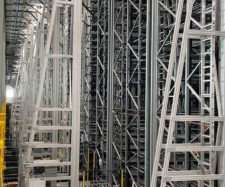
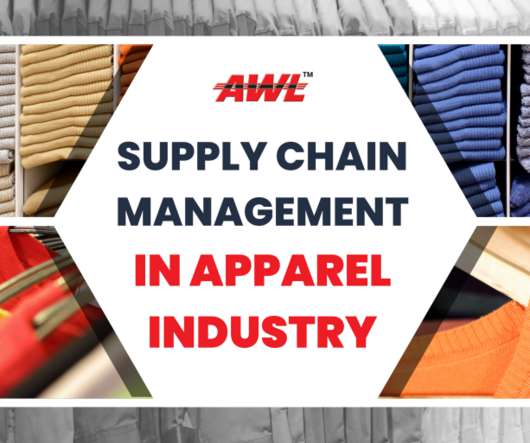
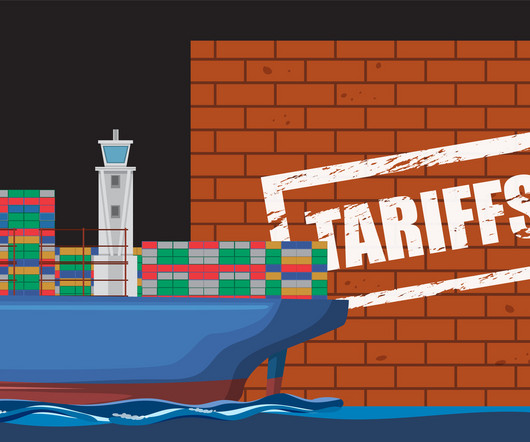


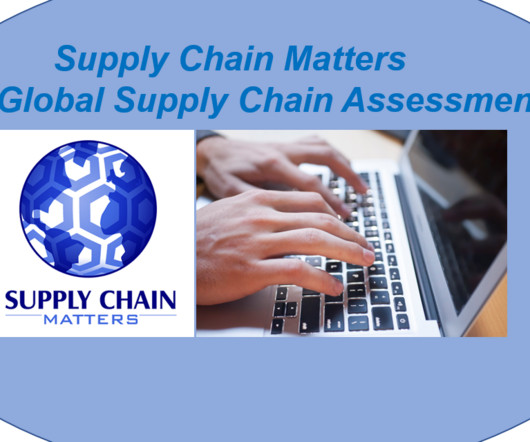




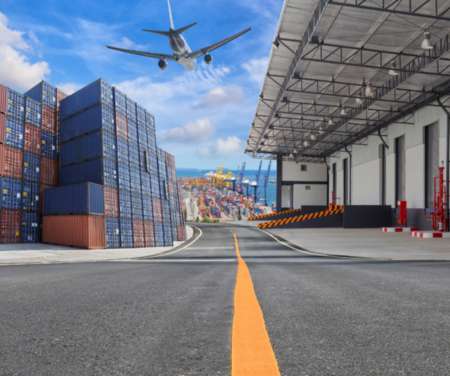








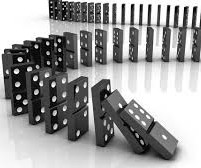













Let's personalize your content